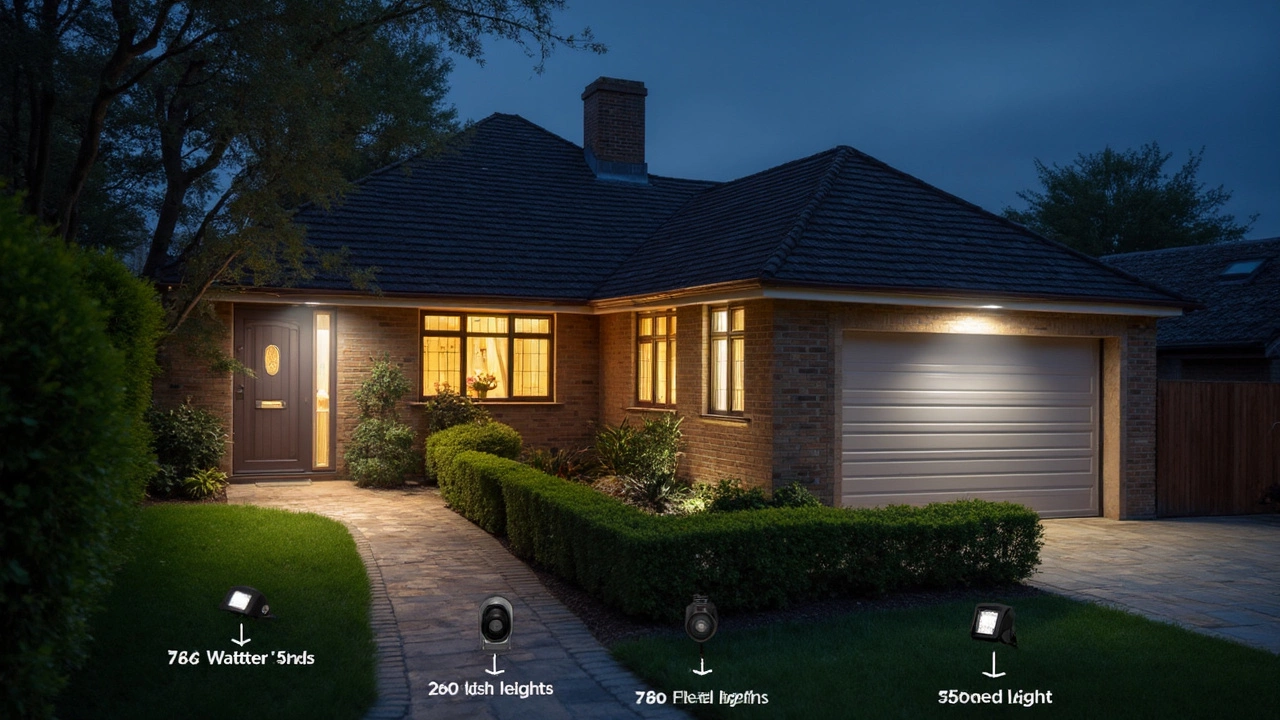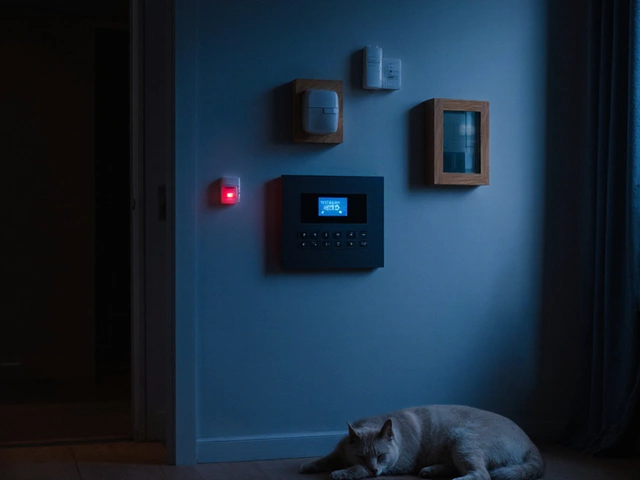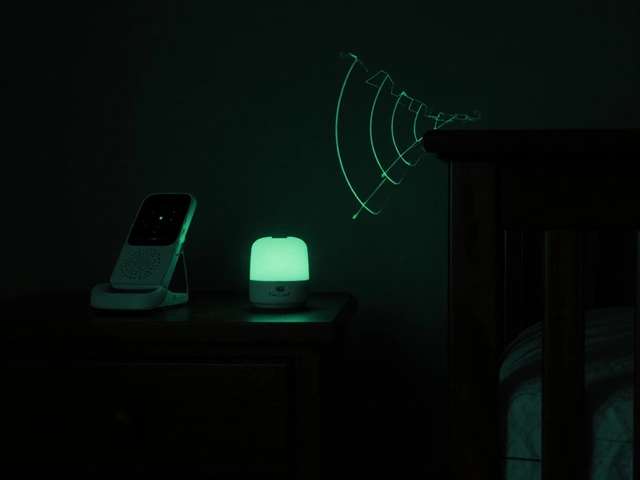Wattage Basics for Smart Home Gear
If you’ve ever wondered why a doorbell needs a transformer or why a battery monitor dies fast, the answer is simple – wattage. Wattage tells you how much power a device uses at any moment. Knowing it helps you pick the right transformer, avoid overloaded circuits, and keep your security gear running smoothly.
How Wattage Impacts Smart Doorbells
Most modern video doorbells list a voltage (usually 16‑24V) and a power rating in watts. A typical Ring or Nest doorbell draws about 5‑7 watts when active. If you install a wired version, you’ll need a transformer that can supply at least 10‑12 watts to leave a safety margin. Too small a transformer will cause choppy video or a dead doorbell, while an oversized one isn’t harmful but adds unnecessary cost.
Battery‑powered doorbells avoid the transformer question, but they still have a wattage rating that determines how long the battery lasts. A 4‑watt doorbell will drain a standard 2‑Ah battery in roughly 500 hours of continuous use, but real‑world usage is much less because the camera only runs when motion or a press is detected.
Battery Life and Power‑Saving Tips
For any battery‑run security device – cameras, sensors, or baby monitors – the key is to match the wattage to the battery capacity. If you have a 3000 mAh pack and the gadget uses 2 watts, you’ll get about 1.5 hours of nonstop operation. In practice, devices sleep most of the time, so you’ll see several weeks of life.
Here are a few easy ways to stretch that life:
- Lower the video resolution or frame rate.
- Enable motion‑only recording instead of continuous capture.
- Turn off Wi‑Fi when you’re not streaming live video.
- Choose devices with dual‑tech sensors that only trigger on significant movement.
All of these reduce the instant watt draw and add hours or even days to your battery’s run time.
When you’re wiring a new alarm panel or motion sensor, remember the same rule: add up the watts of every component and choose a power supply that’s at least 20% higher. It keeps the system stable and prevents false alarms caused by power drops.
Finally, keep an eye on the total load in your home’s fuse box. Most UK homes have a 60‑amp main fuse; a handful of security gadgets won’t push you anywhere near that limit, but a full‑blown smart home can add up fast.
In short, wattage isn’t just a number on a spec sheet – it’s the bridge between safe installation and reliable performance. Check the watts, match the power source, and you’ll avoid frustration, save money, and keep your home protected.



